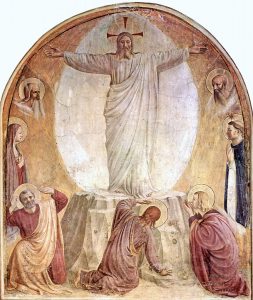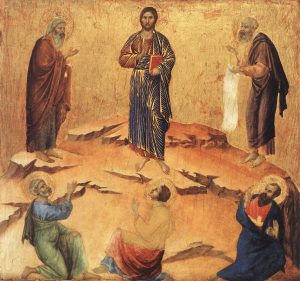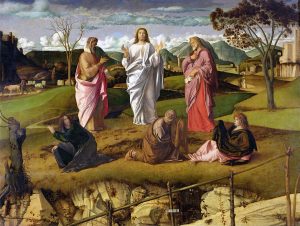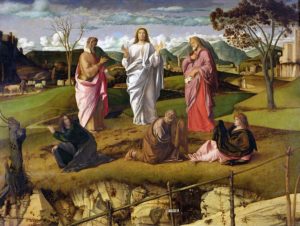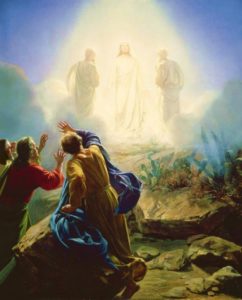Thoughts on Sunday’s Lessons for March 2, 2025 (Last Epiphany C/Transfiguration)
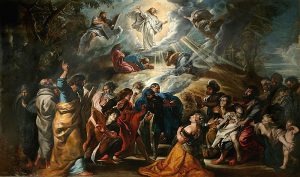
The Transfiguration of Christ (1605), oil painting on canvas by Peter Paul Rubens (1577-1640). Musee de Beaux Arts of Nancy, France. (Click image to enlarge.)
First Reading: Exodus 34:29-35
We now reach the end of this year’s Epiphany season with the Feast of the Transfiguration. During these nine weeks, our Gospels have shown Jesus revealed to his followers as the Messiah. Now we conclude with a dramatic revelation on a mountain top: Jesus is bathed in light, joined by the prophets Moses and Elijah as the voice of God rings from the clouds declaring Jesus God’s son and chosen one. In the first reading, we remember Moses coming down from Mount Sinai with the Ten Commandments, his own face transfigured in light by his encounter with the Holy One.
Psalm: Psalm 99
This ancient hymn portrays God as a powerful king before whom the people tremble and the earth shakes. Our God is great and awesome, the Psalmist declares; no petty tyrant but a mighty ruler who speaks out of clouds and fire, expects justice, and provides equity for the righteous. When Moses, Aaron, Samuel, and the leaders of the Temple called on God, God answered them. God punished them for their misdeeds, yet forgave them, for God is the Holy One.
Second Reading: 2 Corinthians 3:12-4:2
In his second known letter to the church community in Corinth, Paul recalls the story that we heard in the first reading, when Moses came down the mountain with his shining face hidden by a veil to protect the people from its unearthly glow. Now Paul takes that image and turns it around: Jesus unveils God’s new covenant through Christ in all its shining glory, Paul says, inspiring us through God’s transforming light.
Gospel: Luke 9:28-36, [37-43a]
Peter, John, and James, mouths dropping in awe, see Jesus in conversation with Moses and Elijah. But now it is Jesus, not Moses, who shines: His face and clothing glow in dazzling light as he is transfigured in God’s light and voice. God’s voice declares Jesus his son and chosen one. “Listen to him,” booms the divine voice, echoing the words that God spoke from a cloud in Jesus’s baptism: “This is my Son, my Chosen; listen to him!” Jesus and the apostles then return down the mountain, and Jesus resumes his ministry, astounding the crowd by casting out an angry demon that had tormented a child with convulsions.

